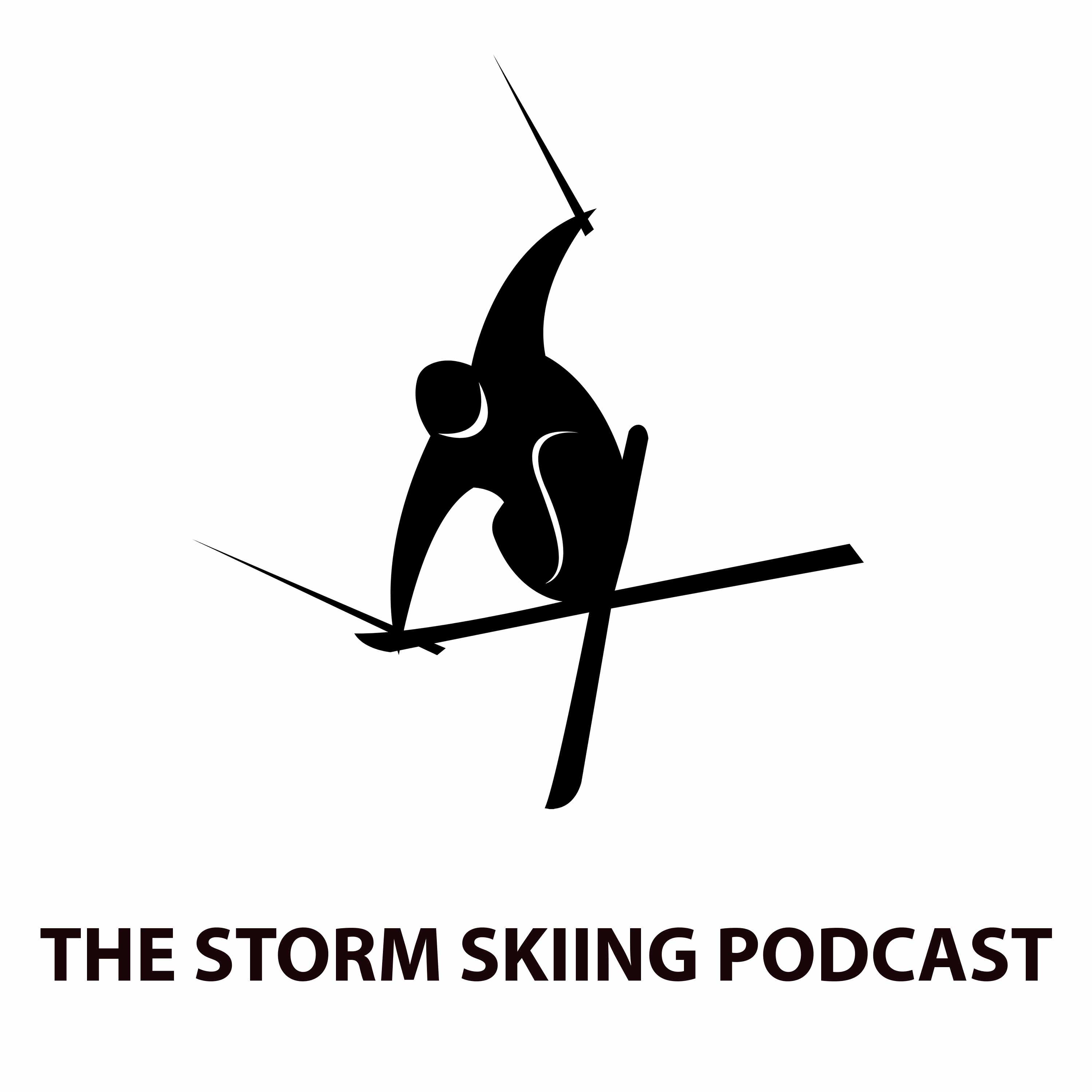Podcast #163: Red Mountain CEO & Chairman Howard Katkov
Description
This podcast hit paid subscribers’ inboxes on Feb. 28. It dropped for free subscribers on March 6. To receive future pods as soon as they’re live, and to support independent ski journalism, please consider an upgrade to a paid subscription (on sale at 15% off through March 12, 2024). You can also subscribe to the free tier below:
Who
Howard Katkov, Chairman and CEO of Red Mountain Resort, British Columbia
Recorded on
Feb. 8, 2024
About Red Mountain
Click here for a mountain stats overview
Owned by: Red Mountain Ventures
Located in: Rossland, British Columbia, Canada
Year founded: 1947 (beginning of chairlift service)
Pass affiliations:
* Ikon Pass: 7 days, no blackouts
* Ikon Base Pass and Ikon Base Pass Plus: 5 days, holiday blackouts
* Lake Louise Pass (described below)
Closest neighboring ski areas: Salmo (:58), Whitewater (1:22), Phoenix Mountain (1:33), 49 Degrees North (1:53)
Base elevation: 3,887 feet/1,185 meters
Summit elevation: 6,807 feet/2,075 meters
Vertical drop: 2,919 feet/890 meters
Skiable Acres: 3,850
Average annual snowfall: 300 inches/760 cm
Trail count: 119 (17% beginner, 34% intermediate, 23% advanced, 26% expert)
Lift count: 8 (2 fixed-grip quads, 3 triples, 1 double, 1 T-bar, 1 carpet)
View historic Red Mountain trailmaps on skimap.org. Here are some cool video overviews:
Granite Mountain:
Red Mountain:
Grey Mountain:
Rossland:
Why I interviewed him
It’s never made sense to me, this psychological dividing line between Canada and America. I grew up in central Michigan, in a small town closer to Canada (the bridge between Sarnia and Port Huron stood 142 miles away), than the closest neighboring state (Toledo, Ohio, sat 175 miles south). Yet, I never crossed into Canada until I was 19, by which time I had visited roughly 40 U.S. states. Even then, the place felt more foreign than it should, with its aggressive border guards, pizza at McDonald’s, and colored currency. Canada on a map looks easy, but Canada in reality is a bit harder, eh?
Red sits just five miles, as the crow flies, north of the U.S. border. If by some fluke of history the mountain were part of Washington, it would be the state’s greatest ski area, larger than Crystal and Stevens Pass combined. In fact, it would be the seventh-largest ski area in the country, larger than Mammoth or Snowmass, smaller only than Park City, Palisades, Big Sky, Vail, Heavenly, and Bachelor.
But, somehow, the international border acts as a sort of invisibility shield, and skiing Red is a much different experience than visiting any of those giants, with their dense networks of high-speed lifts and destination crowds (well, less so at Bachelor). Sure, Red is an Ikon Pass mountain, and has been for years, but it is not synonymous with the pass, like Jackson or Aspen or Alta-Snowbird. But U.S. skiers – at least those outside of the Pacific Northwest – see Red listed on the Ikon menu and glaze past it like the soda machine at an open bar. It just doesn’t seem relevant.
Which is weird and probably won’t last. And right now Shoosh Emoji Bro is losing his goddamn mind and cursing me for using my platform focused on lift-served snowskiing to hype one of the best and most interesting and most underrated lift-served snowskiing operations in North America. But that’s why this whole deal exists, Brah. Because most people ski at the same 20 places and I really think skiing as an idea and as an experience and as a sustainable enterprise will be much better off if we start spreading people out a bit more.
What we talked about
Red pow days; why Red amped up shuttle service between the ski area and Rossland and made it free; old-school Tahoe; “it is the most interesting mountain I’ve ever skied”; buying a ski area when you’ve never worked at a ski area; why the real-estate crash didn’t bury Red like some other ski areas; why Katkov backed away from a golf course that he spent a year and a half planning at Red; why the 900 lockers at the dead center
More Episodes
Published 11/17/24
Published 11/12/24


